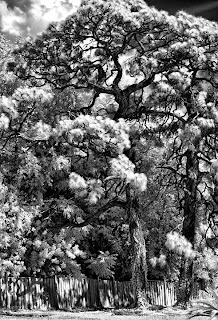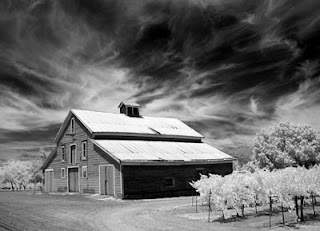So, I have used the filter on my Digital camera to determine the difference between no filter exposure and filter exposure - and there are 17 stops between them.
So, for a F1.7 [my largest aperture] without filter, I get 1/15 as a shutter speed. 17 stops below this is an hour's exposure. I'm not sure whether this is right or not - so I'm going to take 5 shots to determine the difference between no filter and filter on this camera.
I've taken 5 shots.
F1.7 @ 10s exposure, 1 minute, 4 minutes, 11 minutes and 20 minutes.
I'll go into the darkroom tomorrow night, cut the film and process this little section. I might take some outdoors tomorrow at a range of shutter speeds and see what happens.
After processing, it seems that this set of shots is totally useless, as the film came out blank. We discussed it in class and it appears that the filter is far too dense and not enough IR light was being let through. Back to the drawing board.






